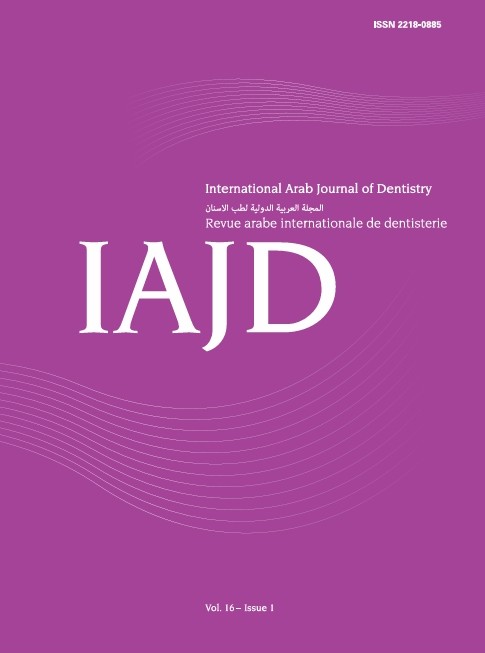Abstract
Introduction: Understanding the relationship between dental arch form and vertical facial pattern is crucial in orthodontic diagnosis and treatment planning. Variations in vertical facial morphology can influence dental arch form, which in turn impacts the effectiveness and stability of orthodontic interventions.
Objectives: The study explores the associations between dental arch form with the different vertical facial patterns, including hyperdivergent, normodivergent, and hypodivergent patterns in skeletal Class I patients.
Methods: A cross-sectional observational design was employed to examine a sample of 48 patients with skeletal Class I seeking orthodontic treatment; of which 24 males and 24 females. Each patient was categorized into one of three groups: hyperdivergent, normodivergent, or hypodivergent. Digital intraoral scans were used to analyze the dental arch form, including arch width, depth, length, and shape. Cephalometric radiographs were utilized to classify the vertical facial pattern. Statistical analyses, including ANOVA and post hoc Tukey’s tests, were performed to investigate the relationships between dental arch form and vertical facial pattern variables.
Results: The analysis revealed a significant association between dental arch width (specifically intercanine and interpremolar widths) and vertical facial patterns. Patients with hyperdivergent facial patterns had significantly narrower dental arches compared to those with normodivergent or hypodivergent patterns. No significant associations were found between intermolar width or arch length and vertical facial patterns. In females, a significant correlation was observed between palatal height and vertical facial patterns, with higher palatal height linked to increased vertical facial dimensions. High-angle facial patterns were associated with a ‘V’-shaped arch form, while low angle patterns typically displayed an ovoid arch form. Additionally, males exhibited significantly larger dental arch widths compared to females.
Conclusions: Significant associations were identified between dental arch widths (especially intercanine and interpremolar widths) and vertical facial patterns, with hyperdivergent facial patterns linked to narrower dental arches. In females, a significant correlation was observed between palatal height and vertical facial patterns, with higher palatal height associated with increased vertical facial dimensions. Furthermore, males had significantly larger dental arch widths compared to females.

